After 10 years of gardening, I’ve learned that skipping companion planting invites pests, weakens soil, and reduces yields. Here’s how to protect your garden naturally.
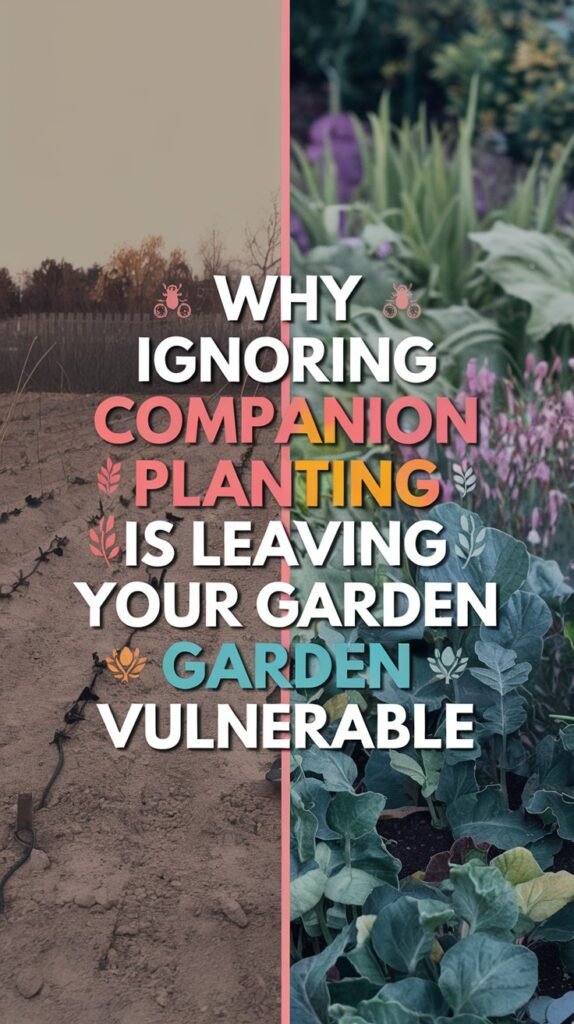
I’ll never forget the summer my tomato plants were devoured by hornworms. I’d spent weeks nurturing them, only to watch helplessly as those green pests munched through my harvest. Frustrated, I asked a fellow gardener for advice. “Plant basil next to them,” she said. Skeptical but desperate, I tried it—and the results blew my mind. Not only did the basil repel the hornworms, but my tomatoes tasted sweeter too.
That’s the magic of companion planting, a practice that pairs plants to boost growth, deter pests, and create a thriving ecosystem. Yet, many gardeners overlook this ancient technique, leaving their gardens exposed to preventable risks. Let’s explore why ignoring companion planting harms your garden and how to fix it.
What Is Companion Planting?
Companion planting is like matchmaking for your garden. It involves strategically placing plants together to create mutually beneficial relationships. For example:
- Tomatoes + Basil: Basil repels pests like aphids and hornworms while enhancing tomato flavor 16.
- Corn + Beans + Squash: Known as the “Three Sisters” this trio supports each other—corn provides structure, beans fix nitrogen, and squash suppresses weeds .
- Carrots + Onions: Onions deter carrot flies, while carrots loosen soil for onion roots .
By mimicking natural ecosystems, companion planting reduces reliance on chemicals and fosters biodiversity. But skip it, and your garden becomes a buffet for pests and diseases.
Why Ignoring Companion Planting Puts Your Garden at Risk
1. Pest Populations Explode
Without companion plants, pests like aphids, nematodes, and cabbage moths thrive. Monocultures (planting one crop en masse) act like neon signs for pests. For instance, my first kale crop was destroyed by cabbage worms until I planted thyme nearby—its scent confuses pests, protecting the greens .
Science-backed solution: Marigolds release a compound called alpha-terthienyl, which repels root-knot nematodes .
2. Soil Health Deteriorates
Heavy feeders like tomatoes and corn drain soil nutrients. Without nitrogen-fixing companions (e.g., beans or peas), soil becomes depleted, leading to stunted growth. I learned this the hard way when my zucchini yields dropped—until I interplanted clover to replenish nitrogen .
3. Lower Yields and Poor Flavor
Plants compete for sunlight, water, and nutrients when paired poorly. For example, planting potatoes near tomatoes (both heavy feeders) starves both crops. Conversely, pairing lettuce with tall tomatoes provides shade, preventing bolting and improving leaf tenderness .
4. Disease Spreads Faster
Dense, incompatible plantings create humid conditions ideal for fungi. My cucumbers once succumbed to powdery mildew—until I added nasturtiums, which act as a “trap crop” by luring aphids away .
How Companion Planting Solves These Problems
Natural Pest Control
- Aromatic herbs: Basil, rosemary, and mint mask the scent of vulnerable plants, confusing pests .
- Trap crops: Nasturtiums attract aphids, sparing your tomatoes or cucumbers .
Soil Enrichment
- Nitrogen fixers: Beans and peas convert atmospheric nitrogen into a usable form, feeding neighboring plants .
- Dynamic accumulators: Comfrey pulls nutrients from deep soil layers, benefiting shallow-rooted plants like lettuce .
Space Optimization
- Vertical layering: Grow pole beans up corn stalks and plant shade-loving spinach below .
- Succession planting: Pair fast-growing radishes with slow-growing carrots to maximize bed space .
Common Companion Planting Mistakes
(And How to Avoid Them)
Mistake 1: Overcrowding
I once planted marigolds too close to my peppers, blocking their sunlight. Fix: Follow spacing guidelines (e.g., marigolds need 12–15 inches apart) .
Mistake 2: Ignoring Allelopathy
Some plants, like fennel, release chemicals that inhibit neighbors. I accidentally stunted my dill by planting it near fennel. Fix: Keep allelopathic plants (e.g., sunflowers, brassicas) separate .
Mistake 3: Wrong Timing
Planting cucumbers too early with corn (which needs a head start) left them without support. Fix: Sync planting schedules—start corn 2 weeks before cucumbers .
How to Start Companion Planting (Even in Small Spaces)
Step 1: Use the “Three Sisters” Method
In my raised bed, I grow corn, beans, and squash together. The corn supports the beans, the beans nourish the soil, and the squash shades out weeds. It’s a self-sustaining trio perfect for beginners .
Step 2: Incorporate Pest-Repellent Herbs
- Basil: Protects tomatoes and improves flavor.
- Lavender: Deters moths and attracts pollinators.
- Chives: Repel aphids from roses and carrots .
Step 3: Try Vertical Companions
Train cucumbers up a trellis and plant radishes below—they’ll mature before the cucumbers need the space. This trick doubled my harvest in a 4×4 bed!
My Favorite Companion Planting Combinations
| Vegetable | Best Companions | Avoid |
|---|---|---|
| Tomatoes | Basil, marigolds, carrots | Potatoes, brassicas |
| Cucumbers | Radishes, beans, dill | Sage, potatoes |
| Carrots | Onions, leeks, tomatoes | Dill, parsnips |
| Brassicas | Dill, thyme, beets | Strawberries |
For a full chart, see this companion planting guide .
Final Thoughts: Don’t Leave Your Garden Defenseless
Companion planting transformed my garden from a pest-ridden struggle to a balanced, productive oasis. Start small—pair basil with tomatoes or onions with carrots—and observe the results. Remember, gardening is a partnership with nature.
Ready to dive deeper? Explore my guides on organic pest control and soil health tips for a thriving garden.
By embracing companion planting, you’ll create a resilient garden that thrives with nature—not against it. Happy growing! 🌱

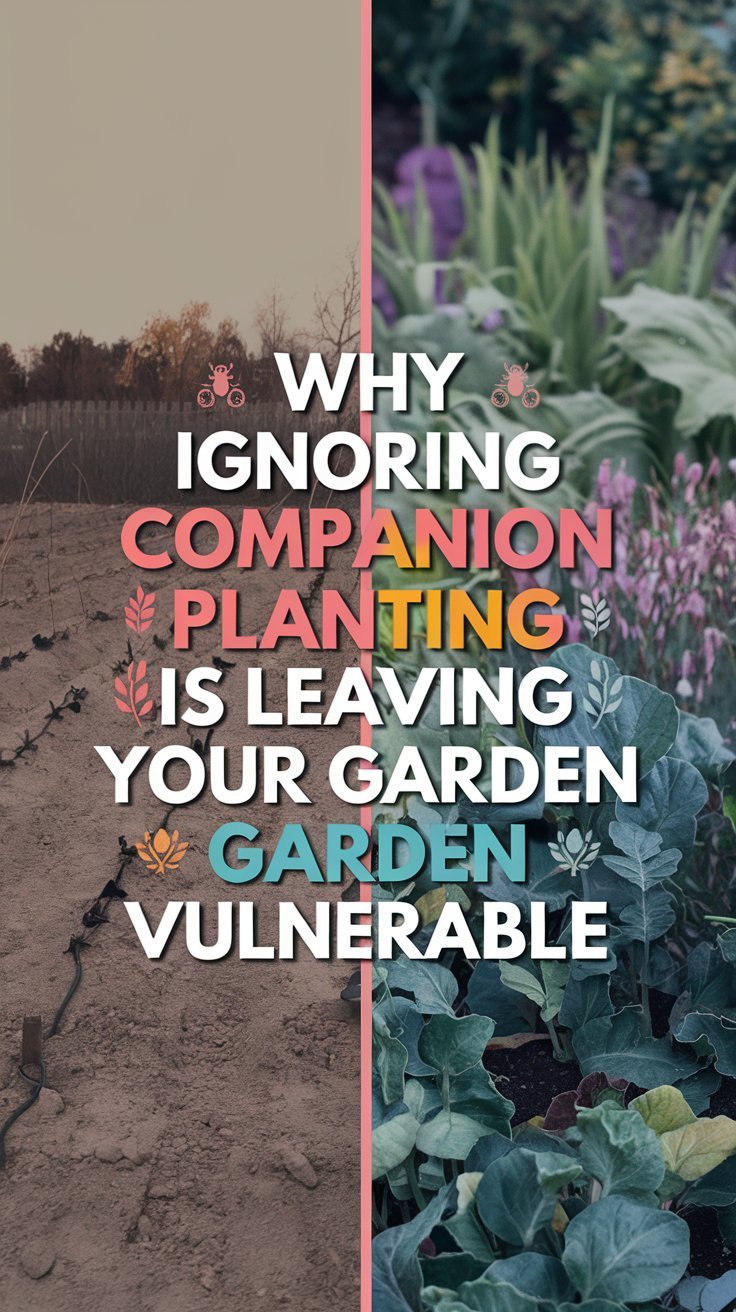
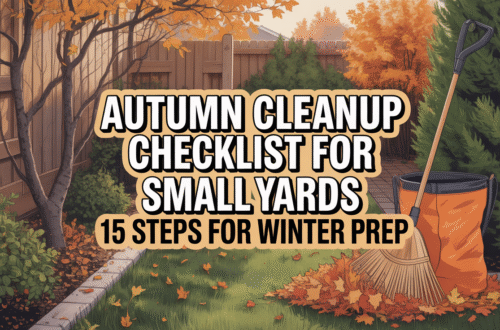
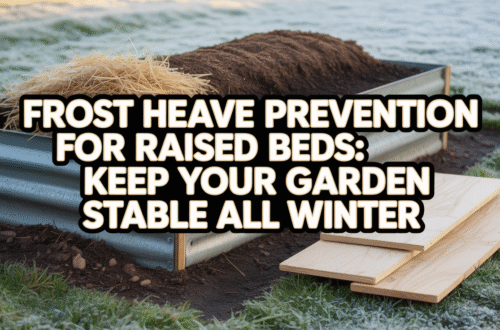
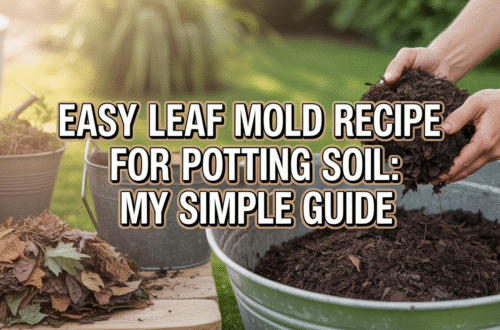
2 Comments on “Why Ignoring Companion Planting Is Leaving Your Garden Vulnerable”